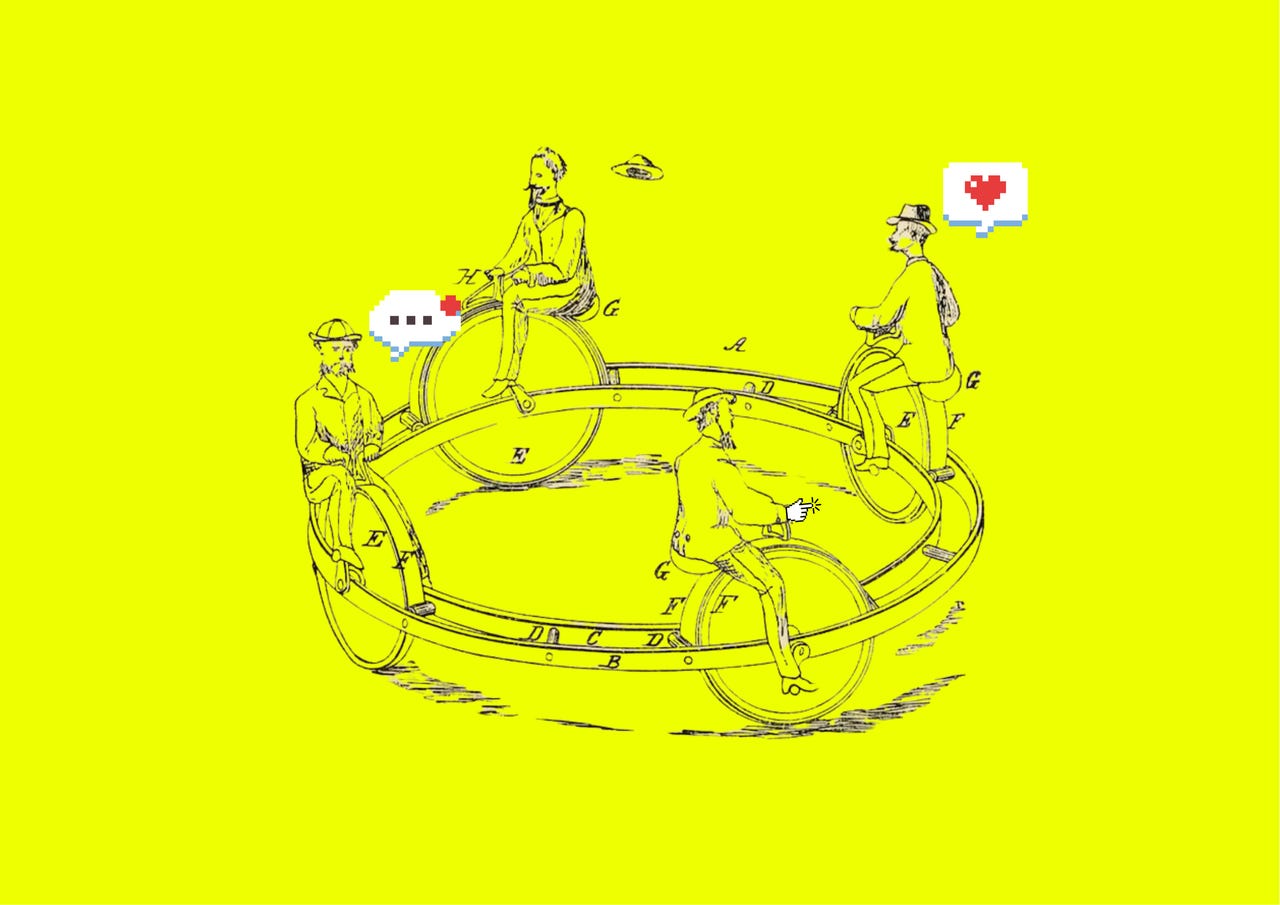How to leverage feedback loops in your system
PLUS: Chatbot reasoning, attention economics, and lying AI therapists.

🔗What I’m reading this week
A debate over whether chatbots truly understand between Emily Bender, professor of linguistics, and Sébastien Bubeck from OpenAI. I’m squarely on Team Bender in this debate. (More) (Untangled Deep Dive)
A sharp essay on the relentless attempt to override the complex, messy world of human beings with computational logic. (More) (Untangled Deep Dive)
What if we all agreed to use the phrase ‘computational information processing’ instead of ‘artificial intelligence.’ Please? (More) (Untangled Deep Dive)
Chatbots are flattening language. (More)
Herbert Simon’s 1971 seminal essay on attention economics theorizes that information consumes attention. So the critical question when assessing a new technology becomes, “how much information will it allow to be withheld from the attention of other parts of the system.” (More)
Did you talk to a chatbot on Instagram this week that lied to you about being a licensed therapist? (More)
⚒️Overview
Ever been stuck inside a feedback loop?
If you see a recurring behavior or output, a feedback loop is likely at work. For example, if within ten-ish minutes of waking up, I don’t have a cup of coffee in my hand, something has gone terribly wrong. As Donella Meadows explains in Thinking in Systems, that’s a feedback loop: my energy levels are low, so I increase my coffee intake toward my desired state. “It is the gap, the discrepancy, between your actual and desired levels of energy for work that drives your decisions to adjust your daily caffeine intake,” as Meadows writes.
Sometimes I might have a third cup of coffee in the afternoon, and I realize I’ve gone too far. I didn’t just close the gap between my actual level of caffeine and desired state, I surpassed it. In those moments, I’ll take a beat, and lay off coffee, until I get closer to my desired state. This is balancing loop. Balancing loops lead to some equilibrium or set-point. They are self-regulating, stabilizing, and goal seeking, and they are all around us. A thermostat is a balancing loops. How planes fly — adjusting its course every so slightly toward the end destination in response to data — is a balancing loop. Our systems of checks and balances are (in theory!) a balancing loop.
The second type of feedback loop is a reinforcing loop. Reinforcing loops accelerate change, good or bad. For example, an interest bearing savings account is a good reinforcing feedback loop — left untouched, the balance of the account earns interest, which increases the balance, which increases the total generated from interest etc. That’s a magic li’l loop that, as Meadows points out, might look linear at the start but grows faster and faster over time. It becomes exponential.
Keep reading with a 7-day free trial
Subscribe to Untangled with Charley Johnson to keep reading this post and get 7 days of free access to the full post archives.

